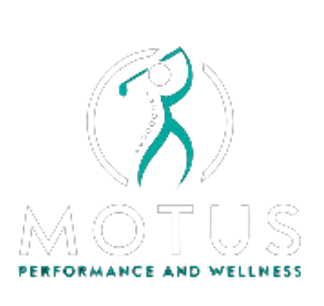loosen up those stiff muscles.
the hands-on way
If muscles are the main character connecting one joint to another, then fascia is the supporting actor connecting a wider span of joints and nerves. For example, the superficial backline is a system of fascia running from the top of your head all the way down the muscles in your back and legs, ending just under your foot.
Specifically, fascia is dense connective tissue that visually resembles a spider web weaving through the musculoskeletal system surrounding muscles, bones, and organs - it's fascinating to look at.
how myofacial release works
Typically, myofascial treatment combines massage techniques and active movement to help restore range of motion and reduce pain.
At Motus, Dr. Krick will gently pin down your muscle while actively moving your joint through its range of motion. It doesn't matter if you're looking to relieve chronic pain or enhance athletic performance; in any case, myofascial release is a fantastic treatment to find relief.
